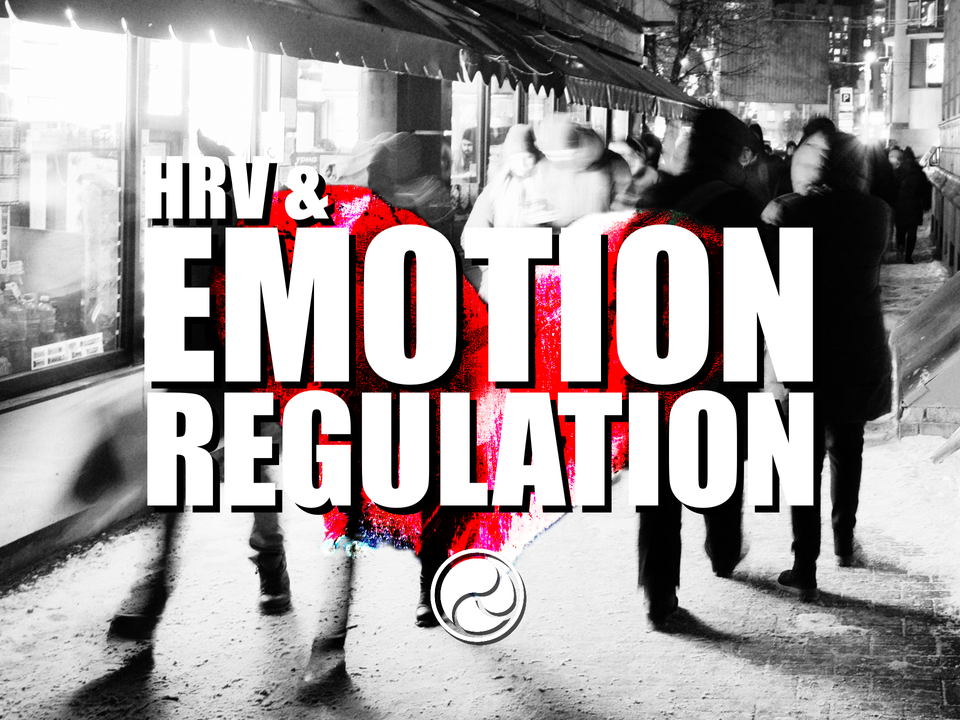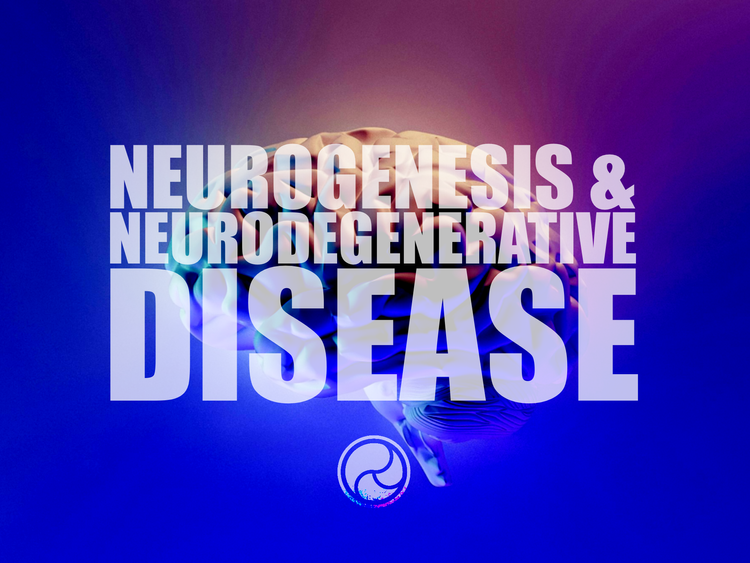Heart Rate Variability and Emotion Regulation

This piece borrows heavily from the past three premium articles: Neuravisceral Integration, Synaptic Plasticity, and Psychological Flexibility. While these three articles are a rough and tumble overview of their respective topics, there is a wealth of information that will more cohesively tie everything together. You will be able to read this article without having read these three; however, in reading these three, much more will make sense. Consider subscribing if you are interested in taking a deeper dive.
Heart rate variability is a great entry point to dive into how exercise affects the body. In Anatomical Heart we looked at the anatomy and physiology of the heart–its parts and functions. In Autonomic Regulation of the Heart, we learned about how the nervous system works with the heart, modulating its operations so as not to allow the heart to wear itself out. In Respiratory Sinus Arrhythmia (RSA), we came to understand the important role your breath plays in regulating heart rate dynamics. And finally, in Heart Rate Variability (HRV), we brought it all together to discuss this little-known but incredibly vital metric that provides us with so much diagnostic information.
More than just diagnostic, however, is the idea that by understanding how internal systems contribute to HRV, you can understand the effects that stressors have on your mind and body. This can lead to greater awareness of your own psychophysiological development, which in turn can lead you to make better decisions with regard to their long term effects on your mental and physical health.
So how does HRV factor into our understanding of emotional and behavioral regulation? Neuravisceral Integration provides a quick and dirty overview of the regions in the brain that are responsible for sensory processing and influential in regulating both heart rate dynamics and behavior. There is a large overlap in parts of the various systems that contribute to both, which has led researchers to recognize that these systems are all deeply integrated with one another. There is no separation between what you feel emotionally and what you feel physically–feelings and emotions are as much a part of your physiology as they are a part of your mental health.
They're the same damn thing.
Furthermore, when we talk about HRV as a diagnostic tool, this applies to emotion regulation as well. There is a large body of work that correlates greater levels of HRV with greater emotion regulation and executive function, as well as improved responses to environmental challenges. In contrast, those with lower levels of HRV trend toward poorer emotion regulation and deficits in attentional control and memory.1 The psychological processes that influence your emotions and behavior are linked with the physiological processes that influence HRV via neurovisceral integration. Nothing works in isolation; one system cannot be altered without that alteration influencing integrated systems.

But wait, there's more! Psychological flexibility touches on the idea that behavior is self-sustaining: the more you act and react in certain ways, the more likely you are to act and react in those same ways. Your ability to traverse environmental challenges–aka stressors–is reliant on how psychologically flexible you are. "Improved responses to environmental challenges" is a measure of psychological flexibility, the psychological expression of synaptic plasticity. As you ebb and flow your way through daily demands, your brain is either hardening neural connections that reinforce consistent behavior, or remodeling neural networks to accommodate for more adaptive behavior. This is interesting to observe, because this suggests that we can gauge, to some degree, your level of neural plasticity by reading your HRV. We will, however, cover this in more detail in a future essay. For the moment, it's enough to recognize that we have available to us physiological indicators of psychological well-being.
The real kick is in also recognizing that by improving your HRV, you can improve the functioning of various systems by way of the very mechanisms they use to regulate HRV. Neural networks are reciprocal in their communications. As stated above, you cannot affect one system with influencing the adaption of other systems. If you are able to improve your HRV, you are able to improve integrated systems as well. Systems that are vital for cognitive and emotional self-regulation–predominantly prefrontal cortical structures–are link with HRV.2 The mind and heart form a feedback loop that is modulated by synaptic plasticity. If you can improve your HRV, then by extension, you can improve these systems as well.

The big take away is this: improve your HRV, improve your emotional regulation abilities.
Okay, cool. So you know you can improve a number of behavioral and cognitive functions by improving your HRV. Now what?
The bigger take away: get off your ass and go exercise. There is no alternative. Dive into Autonomic Regulation of the Heart for the why and how. It's a free read. When you know what's going on in your body, when you know the how behind the why behind the what, you can stop buying into gimmicks and start to actually do better for yourself.
Thank you for reading! If you enjoyed this content, please consider subscribing for more. Feel free to drop into the Discord with any questions around the content. If this has motivated you to get up and get moving, strvtmvmnt offers online classes and programs to help strengthen your body and mind wherever you may be. Sign up for the marketing newsletter here, and join us on Discord here.
References
1Hamilton, J. L., & Alloy, L. B. (2016, December). Atypical Reactivity of Heart Rate Variability to Stress and Depression: Systematic Review of the Literature and Directions for Future Research. Retrieved from https://www.ncbi.nlm.nih.gov/pmc/articles/PMC5233715/
2Park, G., & Thayer, J. F. (2014). From the heart to the mind: cardiac vagal tone modulates top-down and bottom-up visual perception and attention to emotional stimuli. Retrieved from https://www.ncbi.nlm.nih.gov/pmc/articles/PMC4013470/




